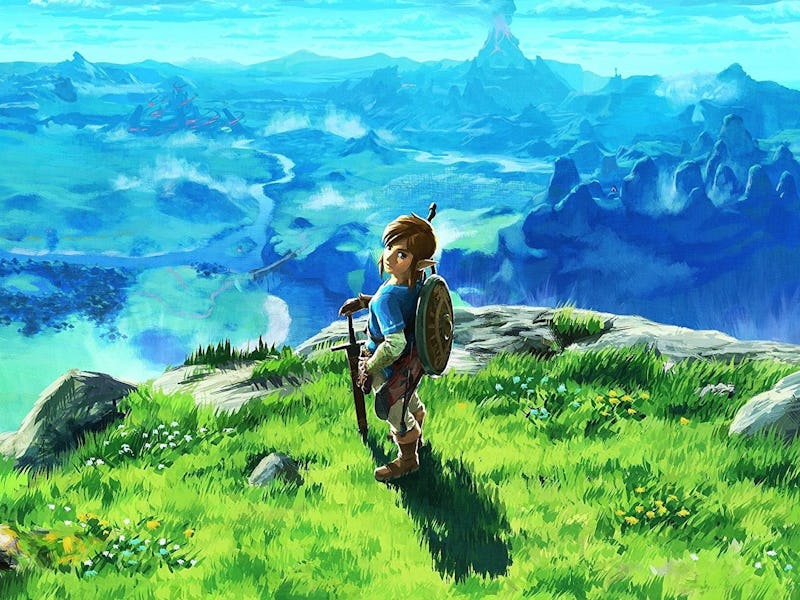Tears of the Kingdom Map Has a Real-World Easter Egg Hiding in Plain Sight
The real shrines won’t give you extra hearts, though.

The fantasy world of Hyrule is known for its lush fields, dozens of shrines, and enemies roaming the world for Link to defeat. It seems so divorced from reality that it’s shocking to discover that the most recent iterations of Hyrule, as seen in The Legend of Zelda: Breath of the Wild and its sequel Tears of the Kingdom, are heavily inspired by a real-world location — Kyoto, Japan.
This sneaky Easter egg came to be thanks to Hidemaro Fujibayashi, the director of both Breath of the Wild and Tears of the Kingdom. In an interview with The Verge in 2017, Fujibayashi that the open-world take on Hyrule took heavy inspiration from his hometown.
One of the most common activities in Breath of the Wild and Tears of the Kingdom was inspired by the real world.
According to Fujibiyashi, when the game first started coming together Hyrule felt like an empty space that needed to be filled with activities for players to engage in. “What helped me with this was my hometown, Kyoto,” Fujibayashi said, “I took a map of Kyoto and overlaid it on the game work, and I tried to imagine going to places that I know in Kyoto.”
If you have spent any time in either BotW or ToTK’s rendition of Hyrule you will know that the sprawling map is filled with little tasks. These take the form of villages, enemy camps, koroks, and shrines. There are 120 shrines in total in BotW, and navigating between these challenge rooms becomes one of the major activities players will find themselves repeating.
Kyoto is known for being a center for culture in Japan and is filled with temples, shrines, and castles. The 120 shrines of BotW are just a fraction of the reported 400 shrines that lie throughout Kyoto.
Breath of the Wild isn’t the first game to take inspiration from real-world locations. The Pokémon series is known for basing each generation on a new real-world location. While recent entries have branched out to international inspiration like New York City and France, Pokémon Gold, Silver, and Crystal’s Ecruteak City was itself modeled after Kyoto.
Kyoto is filled with temples and shrines that became landmarks for Breath of the Wild and Tears of the Kingdom.
For Fujibayashi the real-world comparison between BotW’s map and Kyoto became a useful shorthand during development to understand the scope of the world. “When we were talking to the staff and saying, for example, the distance from this point to the next tower is just like the distance from these points in Kyoto, it made the conversation go a lot smoother and faster,” said Fujibayashi “Whether it’s walking to a certain place or riding my motorcycle or driving a car, I’ve done those things in real life in Kyoto, so I know about how much time it will take.”
For those curious how the final map in BotW and TotK compares to Kyoto, fans have created a Google map that shows the link between the game’s shrines and its real-world inspiration. Even names of shrines in Kyoto helped inspire those in the game, with numerous shrines bearing nearly the same name such as the Tajikats shrine which occupies the same location as the real world Takatsuji-dori shrine.
If you are ever walking around Kyoto, you can feel a little saner knowing that the city is indeed like Zelda, and you actually haven’t been playing too much of the game — no matter what everybody else thinks.
Tears of the Kingdom is out now on Nintendo Switch.
This article was originally published on